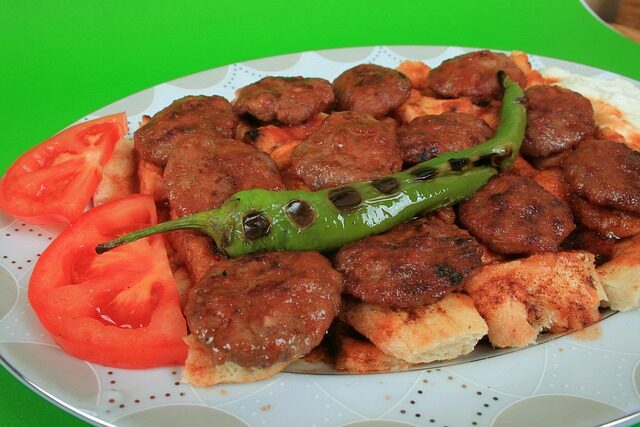Frikadeller, or traditional Danish meatballs, are more than just a savory dish; they are a symbol of Danish heritage and home cooking. In Denmark, these little rounds of joy carry with them the warm feelings of family dinners and festive gatherings. They represent the essence of Danish comfort food, with each bite taking one back to a simpler time.
Crafting the perfect Frikadeller involves not only a keen understanding of the traditional recipe but also a touch of culinary love. These meatballs are a testament to the timeless charm of Danish cuisine, making them a favorite around both Danish tables and those with an appreciation for international flavors.
- What Are Frikadeller And Their Cultural Significance?
- What Ingredients Are Needed For Traditional Danish Meatballs?
- How To Make Frikadeller: Step-By-Step Guide?
- What Is The Best Way To Cook Danish Meatballs In The Oven?
- What To Serve With Frikadeller For A Complete Meal?
- What Are The Nutritional Facts Of Frikadeller?
- What Are Frikadeller And Their Cultural Significance?
- What Ingredients Are Needed For Traditional Danish Meatballs?
- How To Make Frikadeller: Step-By-Step Guide?
- What Is The Best Way To Cook Danish Meatballs In The Oven?
- What To Serve With Frikadeller For A Complete Meal?
- What Are The Nutritional Facts Of Frikadeller?
What Are Frikadeller And Their Cultural Significance?
Delving into the cultural importance of Frikadeller, these traditional Danish meatballs are steeped in history. Often made from a blend of pork and beef, they are a staple in Danish households and have become synonymous with comfort and contentment. Frikadeller are not only a beloved dish but also serve as a culinary connection to Denmark’s past and present.
In Denmark, these meatballs are typically enjoyed during special occasions and holidays, fostering a sense of unity and tradition. The preparation and enjoyment of Frikadeller are often shared experiences, highlighting their role as more than just food, but as cultural glue that brings families and friends together.
The significance of Frikadeller extends beyond their delectable taste, as they are an embodiment of Danish hygge, a term that captures the essence of coziness and conviviality. This dish, therefore, is a representation of the Danish way of life, highlighting the importance of simplicity, comfort, and togetherness.
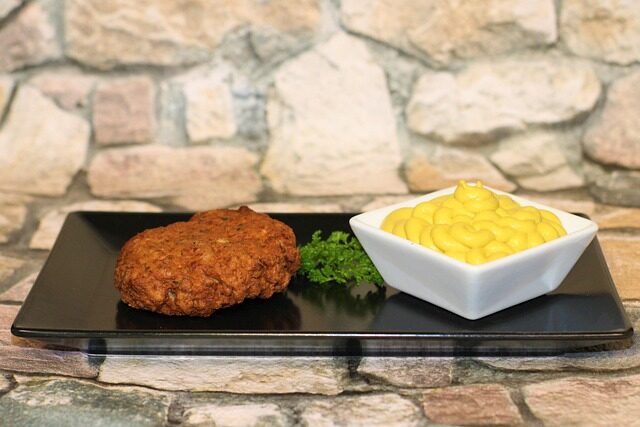
What Ingredients Are Needed For Traditional Danish Meatballs?
Creating the quintessential Frikadeller begins with gathering the right ingredients. The classic Danish meatballs recipe calls for:
- Ground pork and beef for a tender, flavorful base
- Onions, finely chopped for a subtle sweetness
- Milk and eggs to bind the ingredients together
- Breadcrumbs for a firm texture
- Salt and pepper for simple seasoning
These traditional Danish meatballs ingredients are what give Frikadeller their distinctive taste and texture, making them a cherished dish in Danish cuisine. The simplicity of the ingredients list also allows for easy customization and experimentation for those wishing to add their personal touch to this classic recipe.
How To Make Frikadeller: Step-By-Step Guide?
For those eager to learn how to make Frikadeller, this step-by-step guide will lead you through the process:
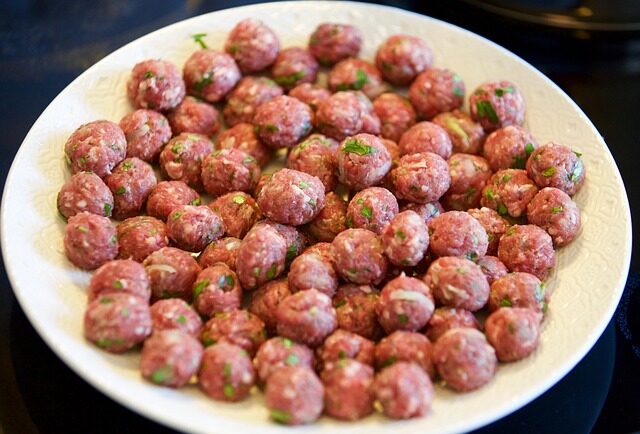
- Begin by combining the ground meats with the finely chopped onions in a large bowl.
- Add the milk and eggs to the mixture, ensuring all ingredients are thoroughly incorporated.
- Mix in breadcrumbs, salt, and pepper, and let the mixture rest for a while to allow the flavors to meld.
- Shape the mixture into round, flat meatballs using your hands or two spoons.
- Fry the meatballs in a pan with a bit of butter or oil until they’re golden brown on both sides.
- Once cooked, let them rest on a paper towel to absorb any excess fat.
The beauty of a Frikadeller recipe is in its simplicity and in the joy of making these savory treats by hand, infusing them with a touch of personal culinary flair.
What Is The Best Way To Cook Danish Meatballs In The Oven?
While frying is the traditional method, cooking Danish meatballs in the oven can be a healthier alternative. To ensure even cooking and a succulent result:
- Preheat the oven to a moderate temperature.
- Place the formed meatballs on a baking sheet lined with parchment paper to prevent sticking.
- Bake in the oven for about 20-25 minutes, turning halfway through, until the meatballs are thoroughly cooked and have a slightly crisp exterior.
This oven-baking method is not only healthier but also allows you to cook a larger batch at once, making it perfect for serving Frikadeller at gatherings or for meal prepping.
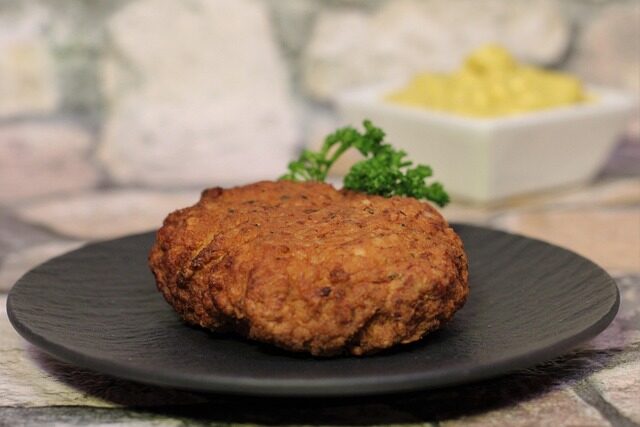
What To Serve With Frikadeller For A Complete Meal?
Frikadeller can be paired with a variety of side dishes to create a complete meal. Some popular options include:
- Caramelized potatoes, offering a sweet and savory balance
- Creamy gravy, for a rich and satisfying flavor
- Steamed green vegetables like peas or green beans for a nutritional boost
- Pickled red cabbage, adding a tangy dimension to the meal
- Rye bread or mashed potatoes for a hearty addition
The versatility of Frikadeller makes them perfect for customizing meals to suit different tastes and dietary requirements, ensuring that they remain a beloved component of Danish culinary tradition.
What Are The Nutritional Facts Of Frikadeller?
For those conscious about their dietary intake, it’s essential to consider the nutritional facts of Frikadeller. On average, a serving of Danish meatballs contains:
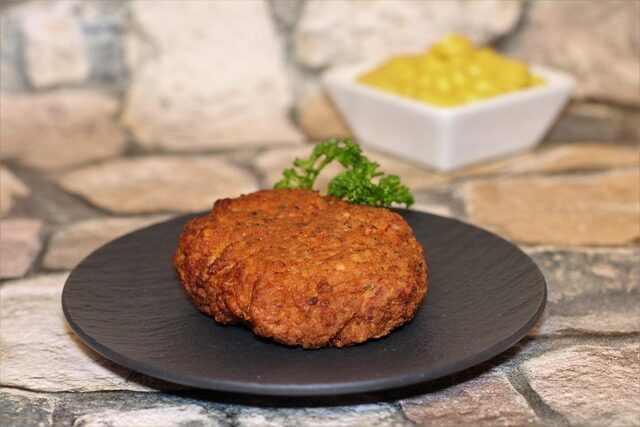
- Approximately 417 calories
- 29 grams of total fat
- 25 grams of protein
- A significant amount of B-vitamins and minerals such as iron and zinc
While Frikadeller are a source of essential nutrients, they should be enjoyed in moderation, especially for individuals monitoring their fat intake.
Consider this video on how to prepare traditional Frikadeller for a visual guide to complement the instructions provided in this article:
In conclusion, Frikadeller are a cherished part of Danish culture and cuisine, offering a delightful combination of flavor and nostalgia. Whether enjoyed in their traditional form or adapted to meet dietary preferences, these meatballs continue to be a symbol of comfort and togetherness for many.
